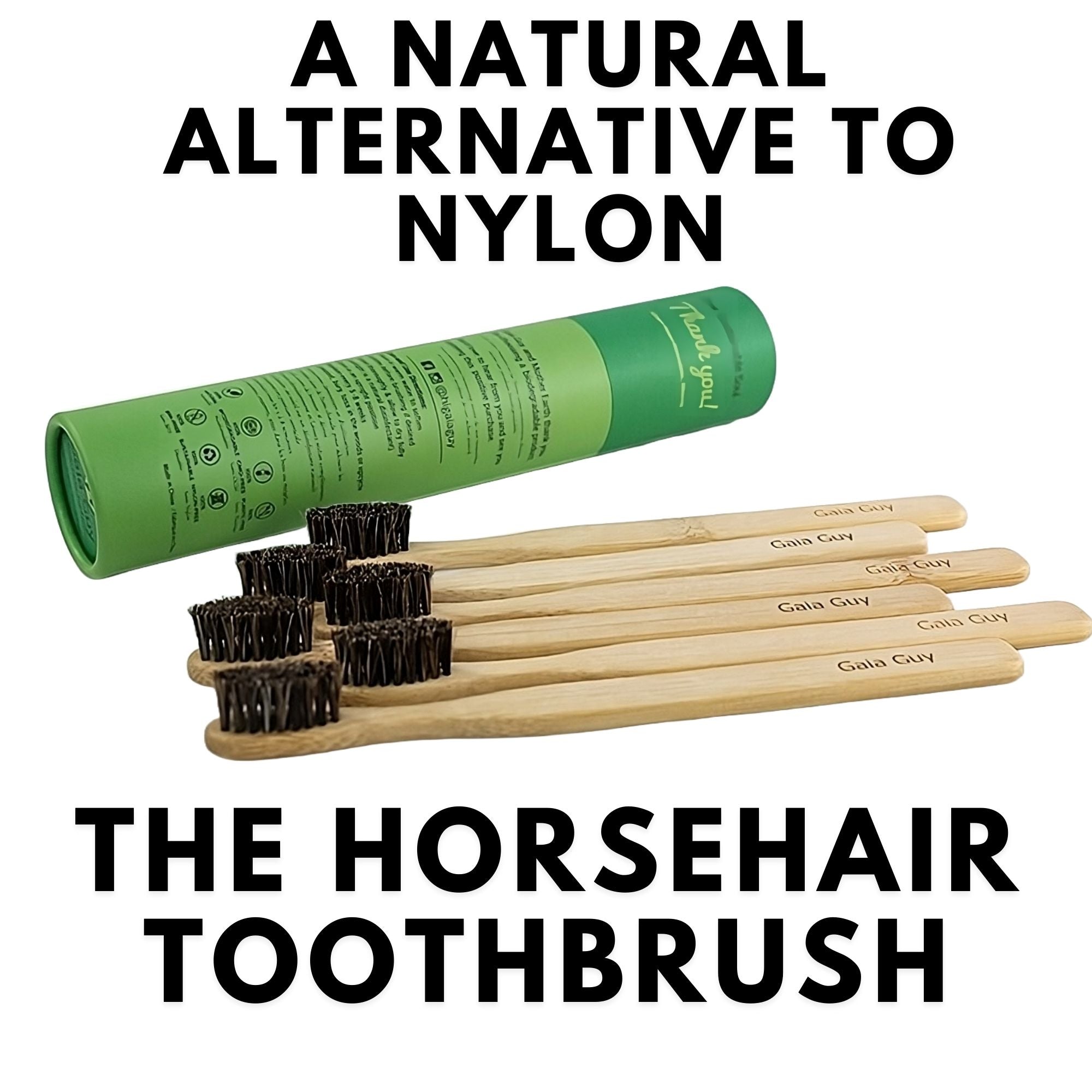Understanding Victorian Laundry Methods In the Victorian era, laundry wasn't just a chore; it was a meticulous process deeply entrenched in daily life. From scrubbing boards to washhouses, the methods of yore were influenced by limited resources and a keen understanding of fabric care.

The Role of Ruth: An Expert's Insight Ruth, a venerable expert in domestic history, sheds light on the Victorian approach to laundry. With an emphasis on minimal chemical usage, Ruth underscores the importance of sustainability and the preservation of fabrics.
Dealing with Stains: Victorian Challenges and Solutions
- Ink Stains: A Common Dilemma: Ink stains were pervasive in Victorian clothing due to the prevalence of fountain pens and quills. Ruth's method of using milk to soften and remove ink stains reflects the ingenuity of the era, leveraging the mild acidity of milk to break down ink molecules.
- Fruit Stains: Nature's Stubborn Marks: Victorian households often grappled with the challenge of fruit stains, which could be particularly stubborn to remove. Ruth's recommendation of using butter and a mixture of ammonia and washing soda speaks to the efficacy of natural solvents in breaking down organic stains.
- Glue Stains: Unforeseen Mishaps: Glue stains were an unforeseen hazard in Victorian laundry, arising from household repairs or children's crafts. Ruth's technique of using alcohol, including spirits, for glue stain removal underscores the solvent properties of alcohol in dissolving adhesive residues.
Historical Insights and Observations
- Victorian Stain Removal Recipes: Anecdotes from the Past: Victorian households relied on a myriad of stain removal methods, documented in historical references and household manuals. Ruth's interpretation of these traditional recipes illuminates the resourcefulness and practicality of Victorian homemakers.
- Laundresses and Spirits: Debunking Myths: Contrary to popular belief, Victorian laundresses were not synonymous with drunkenness. While spirits were indeed used in laundry for their solvent properties, the exaggerated reputation of laundresses as drunkards obscures their vital role in domestic labor.
Understanding Chemical Dynamics
- Soap vs. Alcohol: Solvents in Laundry: The Victorian laundry arsenal comprised soap and alcohol, each offering distinct properties in stain removal. While soap acted as a surfactant to lift dirt and grease, alcohol served as a solvent to dissolve stains and adhesives. Ruth's advocacy for judicious chemical usage underscores the balance between efficacy and environmental stewardship.
FAQs (Frequently Asked Questions)
-
What other types of stains were common in Victorian laundry? Victorian laundry encountered a myriad of stains, including grease, blood, and rust, each requiring tailored removal methods.
-
How did Victorian laundresses manage large volumes of laundry without modern machinery?
Victorian laundresses relied on handwashing techniques, communal washhouses, and the assistance of family members to manage extensive laundry loads.
-
Did Victorian laundry methods differ based on social class?
While the basic principles of laundry care were universal, social class influenced access to resources and labor-saving technologies, shaping the intricacies of Victorian laundry practices.
As we reflect on the tapestry of Victorian laundry, Ruth's insights serve as a beacon of wisdom in a modern world grappling with sustainability and resource conservation. By embracing the lessons of history and honoring the ingenuity of the past, we can chart a course towards environmentally friendly laundry practices rooted in Victorian minimalism.
Mastering the Art of Laundry: Insights from a Small Farm
In the tranquil setting of a small farm, Ruth delves into the timeless chore of laundry, revealing a process steeped in tradition and innovation.
Soaking and Stain Removal
- Ruth begins by soaking clothes overnight, a vital step in loosening dirt and stains.
- She relies on stain removers to tackle stubborn marks, ensuring pristine results.
The Washing Machine Revolution
- Embracing modernity, Ruth utilizes a washing machine, a testament to the Industrial Revolution's impact on domestic life.
- Despite its labor-saving capabilities, laundry remains an arduous task, demanding early mornings and enduring dedication.
Synthetic Solutions
- Ruth employs synthetic ultramarine to enhance the brightness of clothes, a nod to historical dyeing practices.
- Modern washing powders continue this tradition, incorporating blue to combat soap-induced yellowness.
Embracing Assistance
- Amidst the solitary rhythm of laundry, Ruth acknowledges the value of a helping hand, highlighting the timeless need for communal support.










